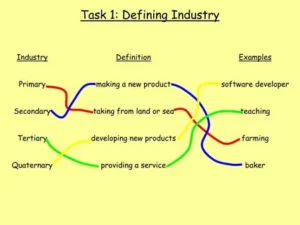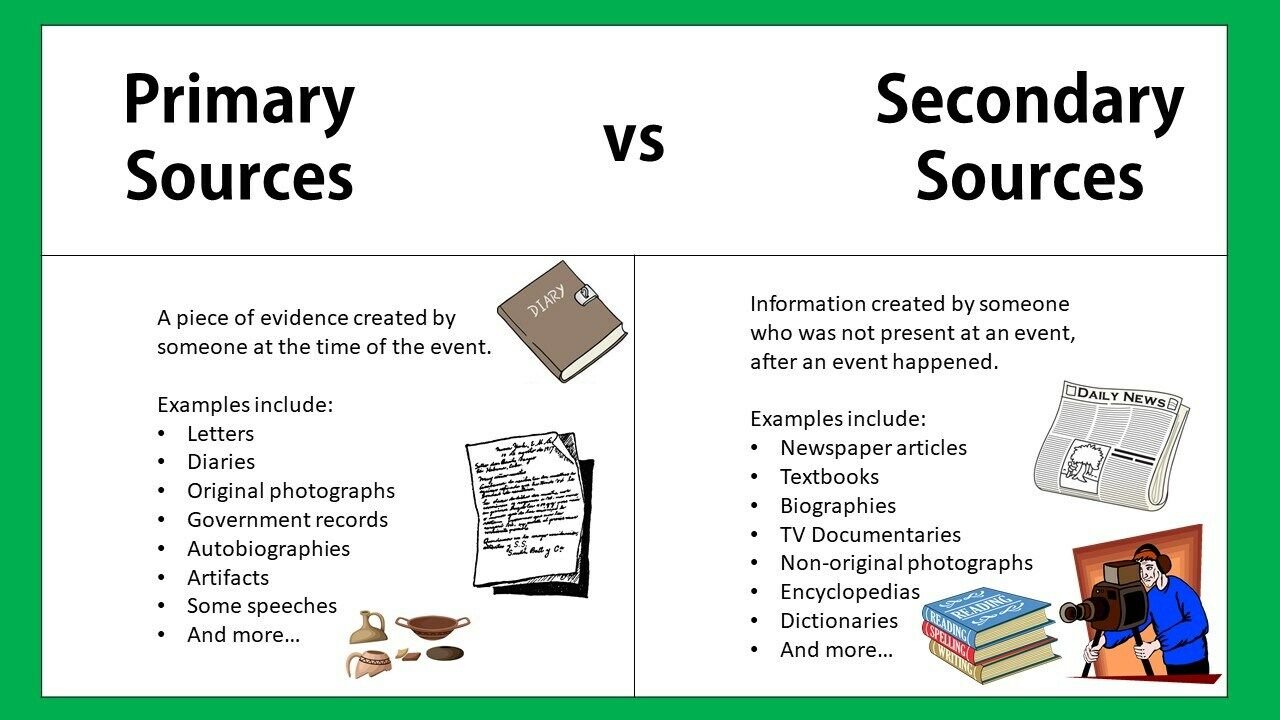Introduction
Tools info make term primary definition guide: Unclear or inconsistent terminology in tool documentation (e.g., user manuals, help files, or software guides) can lead to confusion, errors, and reduced productivity for users. This guide provides a structured approach to identifying, resolving, and preventing issues caused by ambiguous or poorly defined terms in tools or software documentation. By addressing this problem systematically, clients can improve user experience, reduce support costs, and enhance tool adoption.
Breaking Down the Problem
The issue of unclear terminology can be broken into smaller components to better understand and address it:
-
Ambiguous Definitions: Terms that lack clear, concise definitions or have multiple meanings within the same context.
-
Inconsistent Usage: Terms used differently across documentation, user interfaces, or support materials.
-
Technical Jargon: Overuse of specialized language that is unfamiliar to the target audience.
-
Lack of Contextual Clarity: Terms not explained in the context of the tool’s functionality or user tasks.
-
Missing Glossary or Reference: Absence of a centralized resource defining key terms.
Common Causes
-
Poor Documentation Planning: Lack of a standardized process for defining and reviewing terminology during documentation development.
-
Diverse Development Teams: Multiple teams (e.g., developers, writers, designers) using different terms for the same concept.
-
Audience Misalignment: Documentation not tailored to the knowledge level of the target users (e.g., novices vs. experts).
-
Insufficient User Feedback: Failure to incorporate user input on confusing terms during testing or post-release.
-
Legacy Issues: Outdated documentation not updated to reflect new features or terminology changes.
Consequences of Not Addressing the Issue
Failing to resolve unclear terminology can lead to:
-
User Frustration: Confusion over terms can make tools harder to use, leading to dissatisfaction.
-
Increased Support Costs: More user inquiries or support tickets due to misunderstandings.
-
Reduced Productivity: Users spend more time deciphering documentation than using the tool effectively.
-
Errors or Misuse: Incorrect interpretation of terms can lead to mistakes, such as improper tool configuration.
-
Lower Adoption Rates: Users may abandon the tool if documentation is too difficult to understand.
Step-by-Step Instructions to Resolve Unclear Terminology

Follow these actionable steps to address unclear terminology in tool documentation:
Step 1: Identify Problematic Terms
-
Action: Conduct a thorough review of the documentation, user interface, and support materials to identify ambiguous or inconsistent terms.
-
Tools/Resources:
-
Text Analysis Tools: Use tools like Grammarly or Hemingway to flag complex or unclear language.
-
User Feedback: Collect feedback via surveys, support tickets, or user forums to pinpoint confusing terms.
-
Team Input: Engage developers, designers, and support staff to identify terms that cause internal confusion.
-
-
Example: A software company noticed users struggled with the term “sync” in their cloud storage tool. Some thought it meant “backup,” while others assumed it meant “real-time updates.” A user survey confirmed this confusion.
Step 2: Analyze the Root Cause
-
Action: Use the 5 Whys technique to uncover why specific terms are unclear or inconsistent.
-
Example: Why is “sync” confusing? Because it’s used in multiple contexts. Why? Because documentation doesn’t clarify its meaning. Why? Because no standard definition was established. Why? Because the documentation team didn’t collaborate with developers. Why? Because there was no process for terminology standardization.
-
-
Tools/Resources:
-
Root Cause Analysis (RCA): Apply RCA frameworks like the Fishbone Diagram to visualize causes.
-
Collaboration Tools: Use platforms like Slack or Microsoft Teams to facilitate discussions between teams.
-
-
Outcome: Identify whether the issue stems from planning, communication, or audience misalignment.
Step 3: Develop a Glossary of Terms
-
Action: Create a centralized glossary defining key terms consistently, tailored to the audience’s knowledge level.
-
Ensure definitions are clear, concise, and context-specific.
-
Include synonyms, related terms, and examples where applicable.
-
-
Tools/Resources:
-
Documentation Platforms: Use tools like Confluence or Notion to maintain and share the glossary.
-
Style Guides: Adopt or create a style guide (e.g., Microsoft Manual of Style) to standardize terminology.
-
-
Example: For the cloud storage tool, the glossary defined “sync” as “real-time updating of files across devices” and included an example: “When you edit a document on your phone, sync ensures the changes appear on your laptop instantly.”
Step 4: Update Documentation
-
Action: Revise all documentation, user interfaces, and support materials to reflect the standardized glossary.
-
Replace ambiguous terms with clear alternatives.
-
Ensure consistency across all materials (e.g., manuals, tooltips, help articles).
-
-
Tools/Resources:
-
Content Management Systems (CMS): Use tools like MadCap Flare or Adobe Experience Manager to manage updates.
-
Version Control: Use Git or similar systems to track changes and ensure consistency.
-
-
Example: The company updated its user manual to replace “sync” with “real-time sync” and added a reference to the glossary for clarity.
Step 5: Test with Users
-
Action: Validate the revised documentation with a sample of users to ensure clarity and usability.
-
Conduct usability testing or distribute beta versions of the updated documentation.
-
Gather feedback on whether terms are now clear and intuitive.
-
-
Tools/Resources:
-
Usability Testing Tools: Use platforms like UserTesting or Lookback to conduct tests.
-
Survey Tools: Use Google Forms or SurveyMonkey to collect user feedback.
-
-
Example: The company ran a usability test with 20 users, who confirmed that “real-time sync” was clearer and reduced confusion by 80%.
Step 6: Implement and Communicate Changes
-
Action: Roll out the updated documentation and inform users of the changes.
-
Use release notes, in-app notifications, or email campaigns to highlight new terminology.
-
Train support staff on the updated terms to ensure consistent communication.
-
-
Tools/Resources:
-
Communication Platforms: Use Mailchimp or Intercom for user notifications.
-
Training Tools: Use platforms like Lessonly for staff training.
-
-
Example: The company sent an email to users announcing the updated terminology and provided a link to the glossary, reducing support tickets by 30%.
Step 7: Monitor and Refine
-
Action: Continuously monitor user feedback and support queries to identify any lingering issues with terminology.
-
Update the glossary and documentation as new features or terms are introduced.
-
-
Tools/Resources:
-
Analytics Tools: Use Zendesk or Google Analytics to track support ticket trends and user behavior.
-
Feedback Loops: Establish a process for users to report confusing terms via a feedback form.
-
-
Outcome: Ensure the documentation remains clear and relevant over time.
Real-World Case Study
Case Study: TechCorp’s CRM Tool: TechCorp, a SaaS provider, received complaints about its CRM tool’s documentation, particularly around the term “lead scoring.” Users were unsure whether it referred to prioritizing leads, assigning numerical values, or automating follow-ups. Using the steps above:
-
Step 1: TechCorp identified “lead scoring” as a problematic term via user surveys and support ticket analysis.
-
Step 2: RCA revealed the term was undefined in the documentation and used inconsistently in the UI.
-
Step 3: They created a glossary defining “lead scoring” as “assigning numerical values to leads based on their engagement level to prioritize follow-ups.”
-
Step 4: They updated the user manual, UI tooltips, and help articles to use “lead scoring” consistently with a link to the glossary.
-
Step 5: Usability testing with 15 users confirmed the new definition was clear.
-
Step 6: TechCorp communicated the change via in-app notifications and trained their support team.
-
Step 7: Post-implementation, support tickets related to “lead scoring” dropped by 40%, and user satisfaction increased by 25%.
Prevention Tips
To prevent future issues with unclear terminology:
-
Establish a Terminology Review Process: Create a cross-functional team (developers, writers, support staff) to review and approve terminology before documentation is published.
-
Use a Style Guide: Adopt a style guide to ensure consistency in tone, style, and terminology.
-
Incorporate User Feedback Early: Conduct user testing during the documentation drafting phase to catch confusing terms early.
-
Maintain a Living Glossary: Regularly update the glossary to reflect new features or user feedback.
-
Simplify Language: Avoid jargon unless necessary, and always provide definitions or examples for technical terms.
-
Automate Consistency Checks: Use tools like Acrolinx or PerfectIt to flag inconsistent terminology during content creation.
Next Steps and Call to Action
-
Start Today: Review your tool’s documentation to identify one or two problematic terms using user feedback or support ticket data.
-
Engage Your Team: Assemble a small team to conduct a root cause analysis and draft a glossary.
-
Test and Iterate: Update a single section of your documentation and test it with a small group of users within the next two weeks.
-
Act Now: Don’t let unclear terminology hinder your users’ experience. Begin implementing these steps immediately to improve clarity, reduce support costs, and boost user satisfaction. Visit your documentation platform or contact your support team to kickstart the process today!
